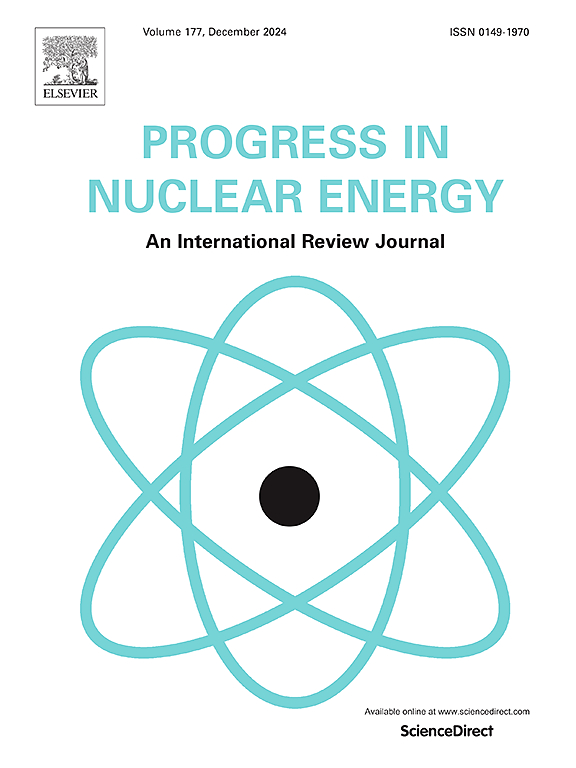Quantitative comparison of explainable artificial intelligence methods for nuclear power plant accident diagnosis models
IF 3.3
3区 工程技术
Q1 NUCLEAR SCIENCE & TECHNOLOGY
引用次数: 0
Abstract
The rapid advancement of artificial intelligence (AI) technology based on deep neural networks (DNNs) has spurred active development of DNN-based models in the nuclear domain. Due to the black-box nature of these models and the issue of low explainability, their practical application in safety-critical domains is hindered. To address this, numerous explainable AI (XAI) methods have been proposed. However, the selection of an appropriate XAI method is crucial as its performance significantly depends on various factors; nonetheless, comparative studies of XAI methods are limited within the nuclear domain. This study employs perturbation analysis for the quantitative comparison of XAI methods. A method for selecting an appropriate perturbing value is also proposed based on the concept of information entropy to yield reliable perturbation analysis results. For the experiment, a simple nuclear power plant (NPP) accident diagnosis model was developed to reflect the characteristics of the nuclear domain, and four XAI methods were applied for comparative analysis. The experimental results demonstrate that perturbation analysis and the proposed method are effective for quantitatively comparing the performance of XAI methods.
求助全文
约1分钟内获得全文
求助全文
来源期刊

Progress in Nuclear Energy
工程技术-核科学技术
CiteScore
5.30
自引率
14.80%
发文量
331
审稿时长
3.5 months
期刊介绍:
Progress in Nuclear Energy is an international review journal covering all aspects of nuclear science and engineering. In keeping with the maturity of nuclear power, articles on safety, siting and environmental problems are encouraged, as are those associated with economics and fuel management. However, basic physics and engineering will remain an important aspect of the editorial policy. Articles published are either of a review nature or present new material in more depth. They are aimed at researchers and technically-oriented managers working in the nuclear energy field.
Please note the following:
1) PNE seeks high quality research papers which are medium to long in length. Short research papers should be submitted to the journal Annals in Nuclear Energy.
2) PNE reserves the right to reject papers which are based solely on routine application of computer codes used to produce reactor designs or explain existing reactor phenomena. Such papers, although worthy, are best left as laboratory reports whereas Progress in Nuclear Energy seeks papers of originality, which are archival in nature, in the fields of mathematical and experimental nuclear technology, including fission, fusion (blanket physics, radiation damage), safety, materials aspects, economics, etc.
3) Review papers, which may occasionally be invited, are particularly sought by the journal in these fields.
 求助内容:
求助内容: 应助结果提醒方式:
应助结果提醒方式:


